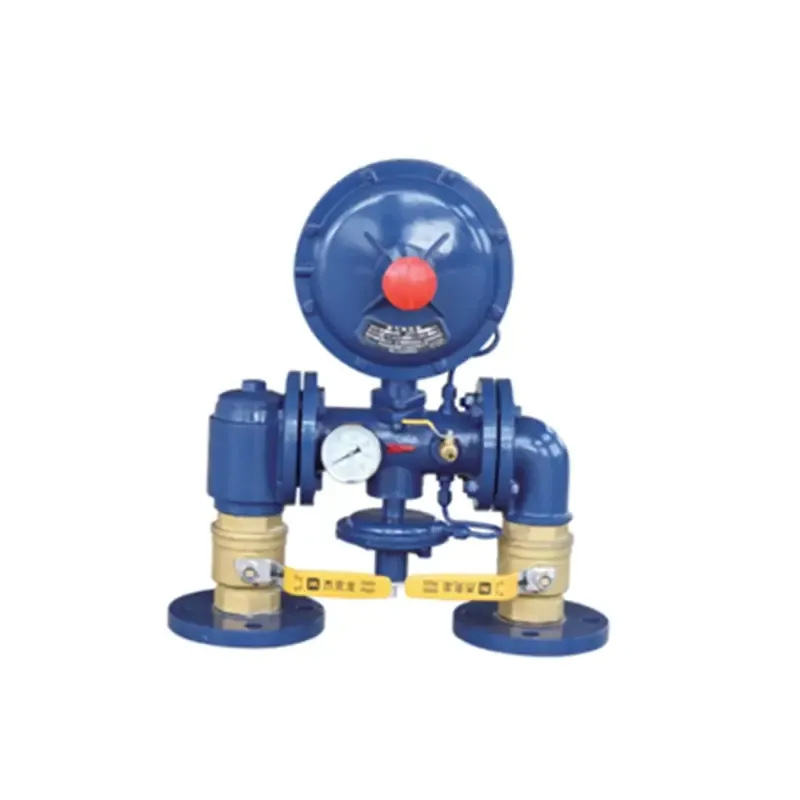
Dec . 06, 2024 00:59
Back to list
Gas Pressure Reduction Station Overview and Its Importance in Energy Management
Gas Pressure Reduction Stations Ensuring Safe and Efficient Gas Distribution
Gas pressure reduction stations (GPRs) play a crucial role in the gas distribution network, serving as vital components that ensure the safe and efficient delivery of natural gas to consumers. These facilities are responsible for managing the pressure of natural gas as it travels from high-pressure transmission pipelines to lower-pressure distribution systems. The primary purpose of a GPR is to reduce the gas pressure to levels that are safe and usable for residential, commercial, and industrial applications.
.
The operation of a gas pressure reduction station involves several key components, including pressure regulators, safety devices, and monitoring equipment. The pressure regulators are the heart of the GPR, automatically adjusting the pressure of the gas as it passes through. These regulators must operate efficiently to maintain a steady pressure, ensuring that downstream systems receive gas at the appropriate levels.
محطة تخفيض ضغط الغاز

Safety is paramount when dealing with natural gas, a flammable substance that can pose significant risks if not handled properly. GPRs are equipped with various safety mechanisms designed to prevent overpressure conditions, leaks, and other hazards. These include safety valves, which can release gas in case of excessive pressure buildup, and alarm systems that alert operators to any abnormalities during operation.
The design and construction of gas pressure reduction stations must follow strict regulatory standards. In many countries, these facilities are subject to guidelines set forth by governmental agencies to ensure public safety and environmental protection. Following these regulations not only helps prevent accidents but also contributes to the overall reliability of the gas supply.
Moreover, GPRs are increasingly being integrated with advanced technology to enhance their performance. Automation and remote monitoring systems allow operators to track pressure levels and performance in real time, enabling quicker responses to any issues that arise. This technological advancement is essential for maintaining a resilient gas distribution network, particularly in the face of unexpected demands or emergency situations.
In conclusion, gas pressure reduction stations are integral to the safe and efficient distribution of natural gas. By reducing high-pressure gas to usable levels, these stations ensure that consumers can access the energy they need for heating, cooking, and industrial processes without compromising safety. As the demand for natural gas continues to grow, the importance of GPRs will only increase, necessitating ongoing innovation, stringent safety measures, and adherence to regulatory standards. Investing in the development and maintenance of these vital infrastructures will be crucial for meeting the energy needs of the future while protecting public safety and the environment.
Latest news
-
Safety Valve Spring-Loaded Design Overpressure ProtectionNewsJul.25,2025
-
Precision Voltage Regulator AC5 Accuracy Grade PerformanceNewsJul.25,2025
-
Natural Gas Pressure Regulating Skid Industrial Pipeline ApplicationsNewsJul.25,2025
-
Natural Gas Filter Stainless Steel Mesh Element DesignNewsJul.25,2025
-
Gas Pressure Regulator Valve Direct-Acting Spring-Loaded DesignNewsJul.25,2025
-
Decompression Equipment Multi-Stage Heat Exchange System DesignNewsJul.25,2025

